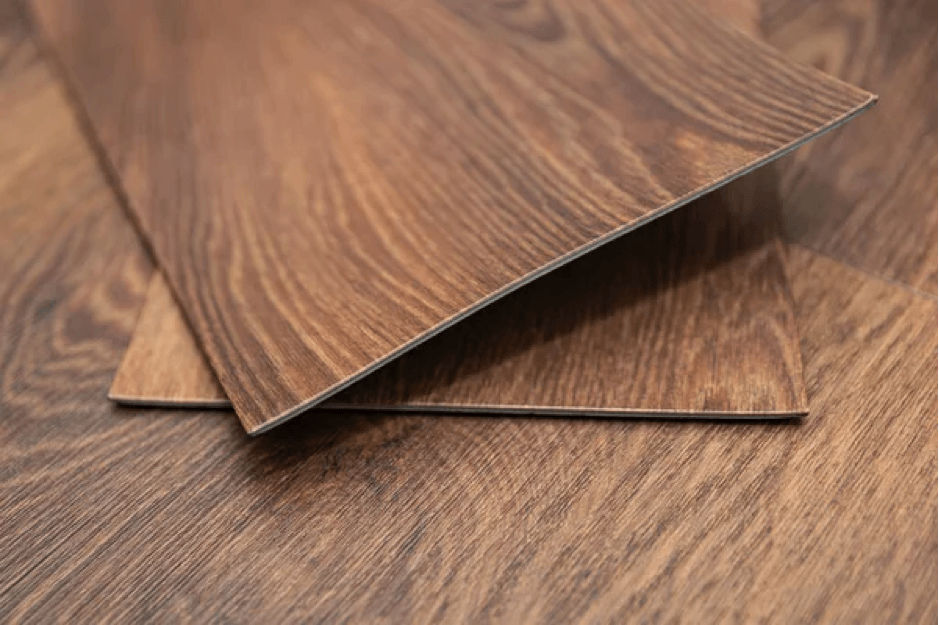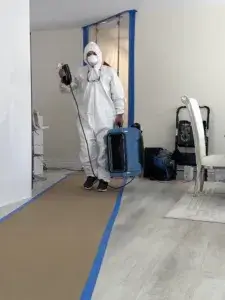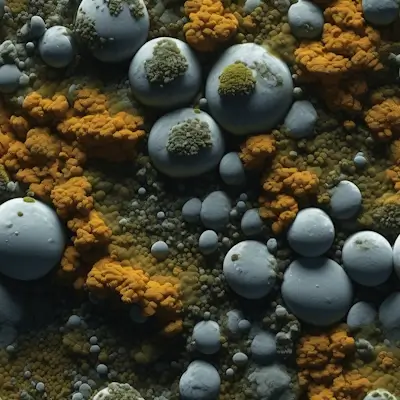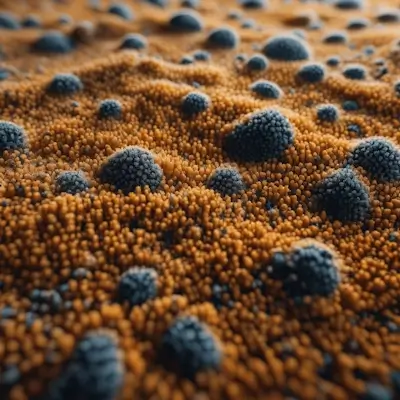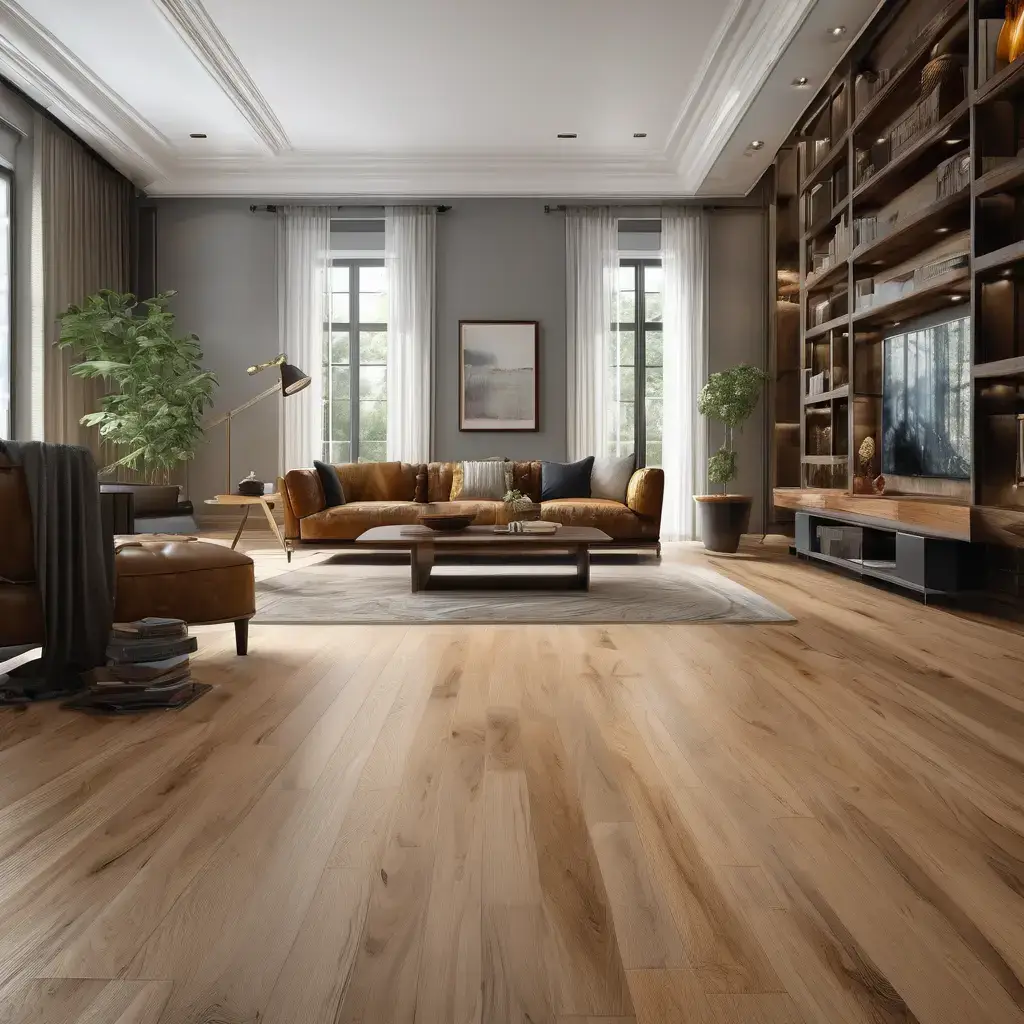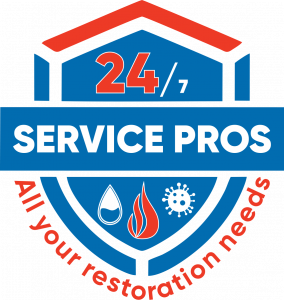Vinyl plank flooring is a popular flooring option these days. Apart from giving your house a luxurious look, it’s pretty easy to install and maintain.
However, it’s still prone to water damage. Even though the vinyl flooring is waterproof, there’s still a great risk of water damage. While the surface remains intact, the seams of the flooring allow water to seep underneath and start condensing.
If your vinyl flooring is damaged by water, you need to take quick action before it spreads widely and causes other problems like mold, mildew growth, diseases. While the surface looks fine, the impact of hidden water damage under your vinyl plank flooring is huge.
Taking quick action with wet floors is your only option to prevent water damage. In severe cases, you will have to seek professional help.
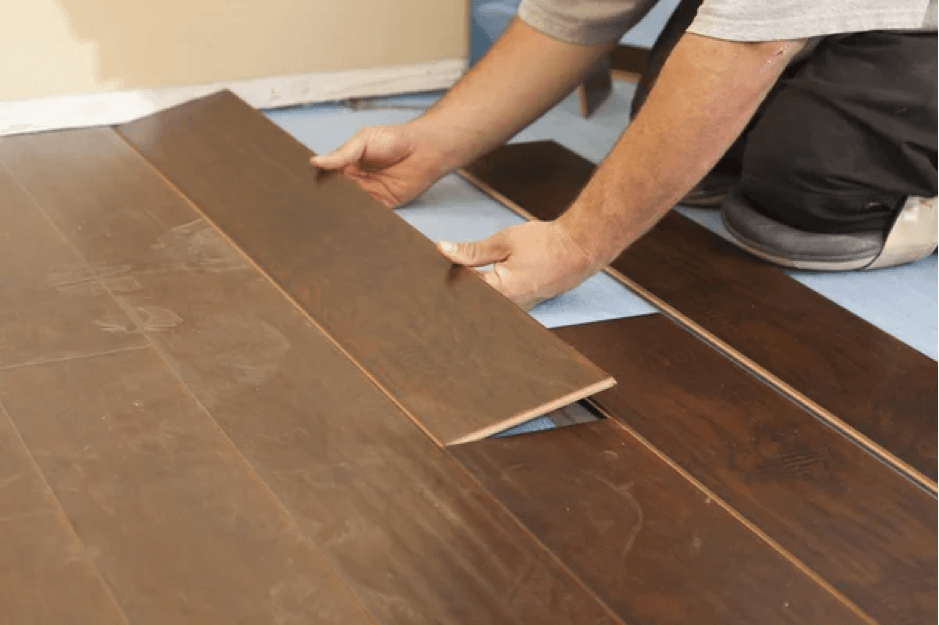
What is Vinyl Flooring?

Vinyl flooring is known by several names in the market, such as luxury vinyl flooring, sheet vinyl flooring, vinyl plank flooring, etc. While they differ slightly in texture and material, all the vinyl flooring options are cost effective and water resistant.
They’re known for their durability and are easy to install. The installation of any vinyl flooring involves several layers. There’s a padded bottom layer or a concrete layer, a water resistant layer, a print layer, and finally a finishing layer for wear and tear protection.
When installing a vinyl flooring, make sure that there are no gaps, bumps, dents between the layers. Any installation defect will later on become the root cause of water damage to your floors.
Is Vinyl Plank Floor 100% Water Damage Resistant?
There’s clear evidence that vinyl flooring planks and sheets are waterproof, but there’s still a high chance that water will get underneath. If there are any gaps between the layers or the seams, there’s a big chance that water will get underneath.
There are several reasons for water damage to vinyl flooring, the most common ones being poor installation, subfloor problems, and wear and tear.
Causes of Water Damage under Vinyl Flooring
If your vinyl floor planks are submerged underwater for a longer period of time, or constantly exposed to water, the moisture will gradually start building up underneath. Let’s discuss a few common causes of water damage under vinyl plank floors in detail.
Water Leaks
If there’s any leak under the floor bed, it will destroy your luxury vinyl flooring. Before installation, get all of your water pipes checked for any leaks or damage. Replace the damaged or leaking pipes with new ones and make sure everything is dry and well screwed.
If by chance you don’t address any leaks before installation, you will have to replace the subfloors and the vinyl flooring sheets after a very short while.
Poor Vinyl Installation
Any defects and shortcomings during the installation stage will lead to water damage under vinyl flooring. When installing your vinyl planks or sheets, make sure that all instructions are followed.
Hire experts to do the installation in order to avoid any damages later on. Poor installation leads to deterioration of the floor planks over time.
High Humidity Climate
Areas with high humidity for longer periods of time will gradually start affecting the vinyl flooring. This happens slowly over time as humidity in the atmosphere allows moisture to get trapped between the layers of the flooring. With little to no chances to dry out the floor, the water damage becomes inevitable.
In highly humid climates, run fans over the floors to dry them out. Otherwise you will have to replace them.
Flood Damage
In cases of flooding or long durations of water submersions, the seams of your luxury vinyl flooring will give way for the water to start seeping underneath. In such scenarios, there’s no other option to reinstall the subfloors and vinyl planks or sheets after there’s water damage.
Direct concrete
If you place your vinyl plank floors directly over concrete, without adding a waterproof layer, the water will get into the concrete and start building up. Once water gets trapped into the cement, there’s no way for it to evaporate.
Cement has a porous texture, and despite being considered as waterproof, it keeps collecting water. This will result in warping, buckling, and bubbling of the vinyl flooring. There’s no other option but to replace the flooring and install a waterproof layer underneath.
Visible Signs of Water Damage On Vinyl Plank Flooring
Although there’s little visible effect of water damage under vinyl flooring, there are still some signs that indicate that your floor is water damaged. These signs do not become visible in the early stages. So, by the time you see these signs, it’s too late for any preventive measures. Replace your vinyl plank flooring before mold grows underneath.
Deteriorating adhesive
If your vinyl planks do not stay put in their original place after some time, or if there’s any flexibility, it’s a sign that the adhesive material is breaking down. The adhesive that attaches your planks to the layer underneath is not waterproof and gradually starts losing its strength over time if water gets to it.
Deteriorating Seams
If the seams appear to be broken or bumpy, it’s sure shot water damage. The seams are vulnerable spots of your vinyl flooring and if they get damaged it’s a clear indication of water damage. Make sure that water does not stay for long on seams. Broken seams will lead to damaged flooring.
Discoloration
Vinyl planks are waterproof and stain proof. But with long exposure to moisture, they will start deteriorating in color and texture. If you see any spots that don’t go away with cleaning, it’s a sign of water damage. Replace discolored vinyl planks or sheets before the water damage spreads across the floor.
Bumps, ridges, and bubbles
While it’s hard to detect small textural changes, any tiny bumps or bubbles in your vinyl flooring is a clear cut sign that there’s water damage underneath. Moisture deposits grow and water makes the sheet bubbled and bumpy. It’s time to have a look under those planks.
How to Prevent Water Damage under Vinyl Floor?
Vinyl flooring is not the worst option if you want something water resistant. However, proper maintenance and care is necessary for the longevity of your floors. They’re pretty solid and don’t get water damaged easily if you take preventive measures. Here are some steps to follow if you want your luxury vinyl flooring to last long:
Dry Out Concrete Slab
Make sure the concrete layer is completely dry before you install the vinyl plank layer. You can use a moisture detector to make sure that concrete is not retaining any moisture prior to sheet installation.
Fix Crawl Space Leaks
If there are any leaks or rusty pipes under your floor bed, you need to fix them in order to avoid water damage to the sheet vinyl flooring or vinyl plank flooring.
Prevent Water Flooding
Any leak in the roof or flooding of the floor is damaging to your vinyl flooring. Make sure there’s proper drainage in the kitchen, laundry, and bathroom. Prevent flooding by taking measures beforehand.
Fan the Floors
When cleaning the floors with a damp mop, or in cases the water is spilled, clean the vinyl flooring with a high absorbent cloth and run fans over the floor to completely dry out any moisture.
Ensure Proper Installation
During installation, make sure the contractors are following the guidelines and instructions. There should be no gaps, bumps, or dents between the layers. Any gaps between the seams should also be avoided for longevity of your vinyl plank or sheet flooring.
How to Repair Water Damaged Vinyl Floors
While water damage restoration should be left to professionals, there are still a few things that you can do yourself to fix water damaged vinyl flooring.
- Check for leaks and water deposits under and over the floors and fix them.
- Remove the vinyl planks and see how far the water damage has spread. Replace the subfloors in the damaged area.
- If your vinyl planks are damaged, which they certainly are at this point, buy new planks and attach them with an adhesive to the subfloor.
Note: Make sure that reinstallation is properly done or else you will have to redo the entire process in a short while.
Can Mold Grow Under Vinyl Flooring?
Yes, if water is trapped under the vinyl flooring for a long time, the mold will grow. The oxygen and heat present between the moist layers of your will provide an excellent environment for the growth of mold and mildew. It will spread rapidly and cause health issues for the inhabitants.
Contact 24/7 Service Pros to fix Water Damaged Vinyl Flooring
Dealing with water damaged vinyl plank floors is extremely tricky. If not done properly, the problem will occur again. Leave the job to 24/7 Service Pros so you don’t have to go through the same hassle again. Our team of trained professionals are experts in water damage restoration of all kinds. Seek help before it’s too late.
Which Areas We Serve in South Florida?
- Hollywood
- Davie
- Miami Beach
- Weston
- Hallandale Beach
- North Miami Beach
- Sunrise
- Tamarac
- Coconut Creek
- Fort Lauderdale
- Miami
- Boca Raton
- Hialeah
- Margate
- Pembrock Pines
- Dania Beach
- Lauderhill
- Delray Beach
- Pompano Beach
- Deerfield Beach
- Coral Springs
- Plantation
- Doral
- Aventura
- Miramar
- Sunny Isles Beach

